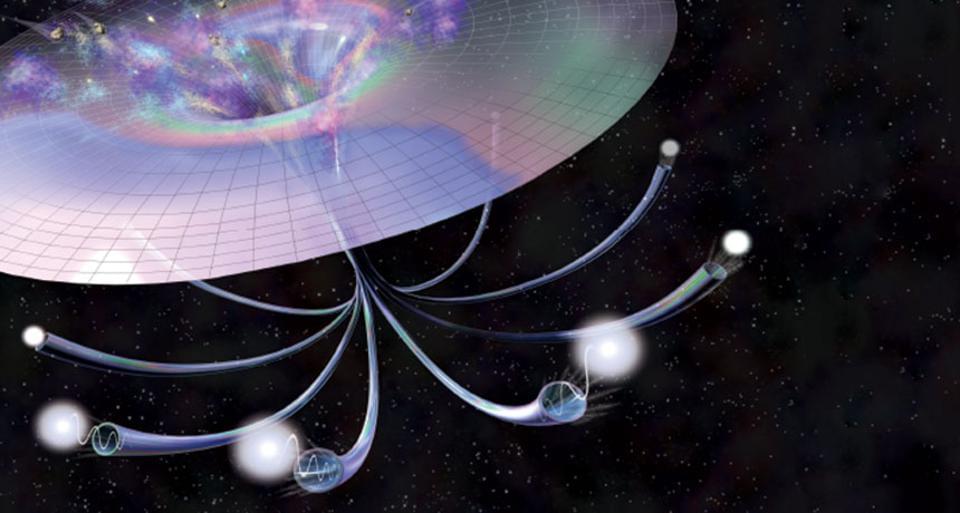The oldest radio galaxy yet discovered is hidden in a cluster.
Astronomers claim to have found the oldest fossil radio galaxy yet discovered, hiding in a cluster. The brightest galaxy in the cluster erupted as a result of supermassive black hole activity, blowing massive bubbles of radio light into space, according to a report published by ScienceAlert.
“These newly discovered bubbles — known as radio lobes, or a radio galaxy — are the oldest of their kind we’ve ever seen,” claimed the astronomers’ team led by Surajit Paul and Savitribai Phule from Pune University in India.
A second team of astronomers led by Gopal Krishna of the University of Mumbai also discovered a pair of younger lobes that are linked to the same parent galaxy.
If we had been around and able to see into the heart of galaxy cluster Abell 980 around 260 million years ago, we may have seen something very spectacular indeed.
The brightest galaxy in the cluster erupted, the result of activity from its supermassive black hole, an event that would go on to blow massive bubbles emitting radio light out into space.





